Importance of MOB Systems in Maritime Safety
Navigating the unpredictable waters of commercial maritime operations demands an unwavering commitment to safety. Man Overboard (MOB) incidents pose a significant threat, requiring proactive measures to enhance response times and minimize risks. This blog post delves into the critical role of MOB systems in safeguarding lives and ensuring the well-being of crew members in the challenging maritime environment.
Understanding Man Overboard Incidents
Frequency and Severity
Man Overboard incidents are unfortunately not uncommon in the maritime industry. Factors such as adverse weather conditions, vessel motion, and human error contribute to the occurrence of MOB situations, emphasizing the need for effective prevention and response mechanisms.
Challenges in Detection
Locating a person who has fallen overboard swiftly is a race against time. The vastness of the sea, limited visibility, and rapid drift make manual detection challenging, necessitating the integration of advanced MOB systems.
Types of Man Overboard Systems
Electronic MOB Alarms
Electronic MOB alarms utilize sensors, GPS technology, and alarms to detect and alert the crew when someone falls overboard. These systems provide real-time information, enabling quick response and increasing the chances of a successful rescue.
AIS MOB Beacons
AIS (Automatic Identification System) MOB beacons are compact devices that transmit MOB alerts and position information to nearby vessels equipped with AIS receivers. This technology enhances coordination between vessels during rescue operations.
Benefits of Implementing MOB Systems
Rapid Response
MOB systems significantly reduce the time it takes to detect and respond to a person falling overboard. Swift response improves the chances of successful retrieval and minimizes the potential impact on the individual’s health and safety.
Crew Confidence and Morale
Knowing that advanced MOB systems are in place boosts the confidence and morale of crew members. The assurance that their safety is a priority contributes to a positive working environment.
Regulations and Standards for MOB Systems
HOLAS Requirements
The International Maritime Organization’s Safety of Life at Sea (SOLAS) regulations outline requirements for MOB systems on certain vessels. Compliance with SOLAS standards ensures a baseline level of safety for vessels navigating international waters.
Flag State Regulations
Individual flag states may have additional or specific regulations regarding MOB systems. It is essential for vessel operators to be aware of and adhere to the regulations applicable to their flag state.
Training and Education for Crew Members
MOB Drills
Regular MOB drills are essential to familiarize the crew with the operation of MOB systems and refine their response protocols. Practical training ensures a coordinated and effective response in the event of an actual MOB incident.
Crew Awareness
Educating the crew about the importance of MOB systems, their functionalities, and the role each crew member plays in MOB response is crucial. Awareness contributes to a culture of safety on board.
Ensuring Safety Through MOB Systems
In conclusion, the implementation of Man Overboard (MOB) systems is not just a regulatory requirement; it is a fundamental commitment to the safety and well-being of crew members at sea. Whether you are in search of marine navigation equipment or exploring MOB systems, www.tecomart.co offers a range of solutions to meet the unique needs of your vessel. By embracing advanced MOB technology, commercial maritime operators can navigate with confidence, knowing that they are equipped to respond swiftly and effectively to MOB incidents, safeguarding lives and ensuring a secure maritime environment.

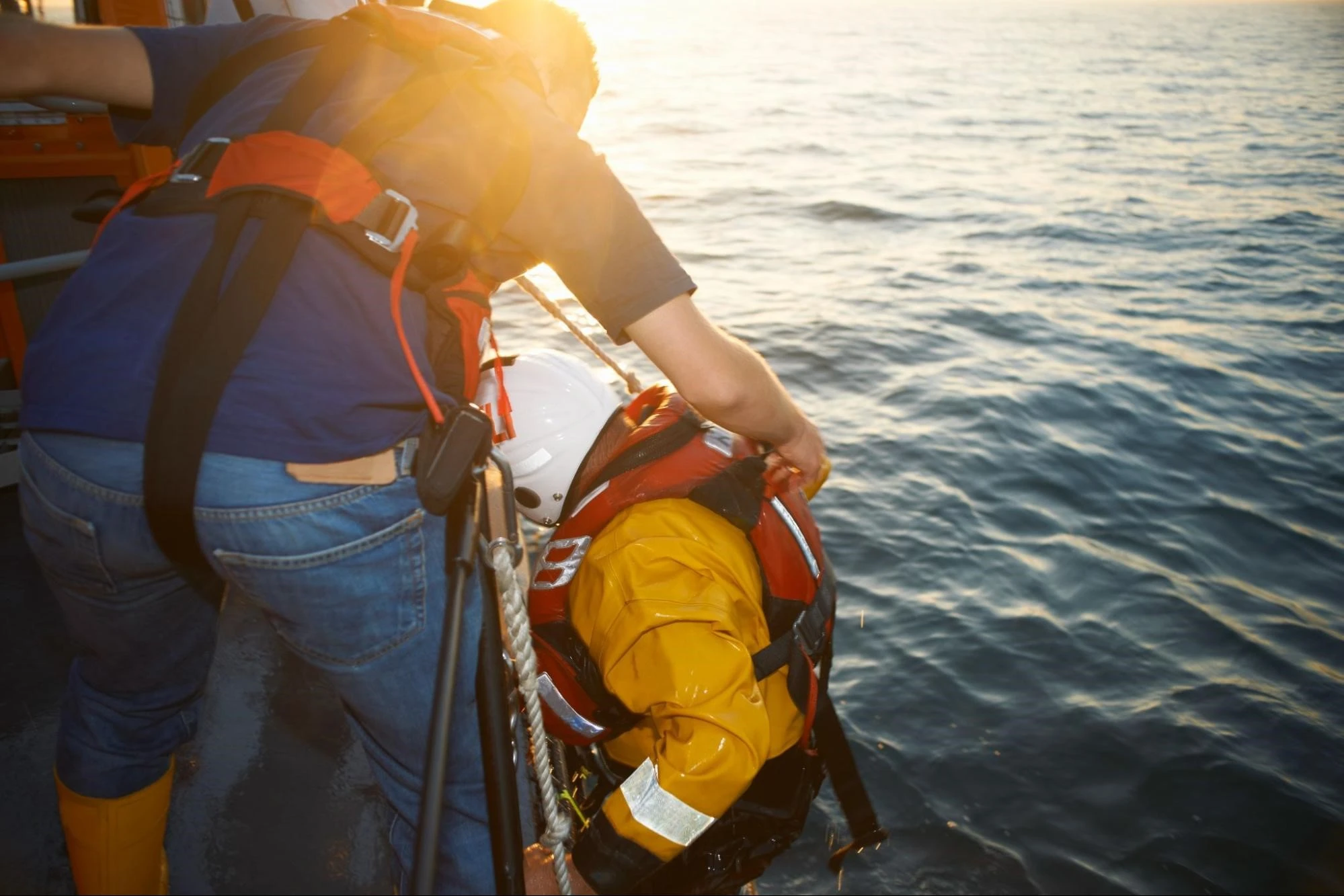
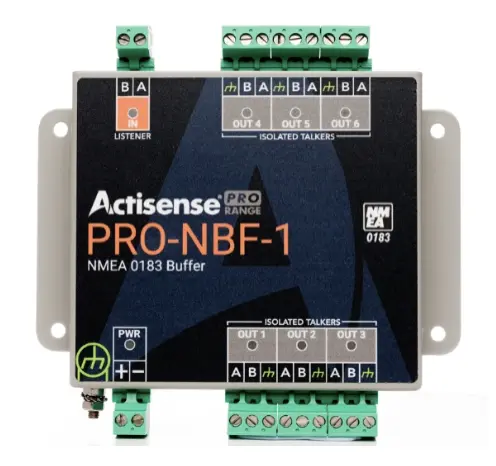

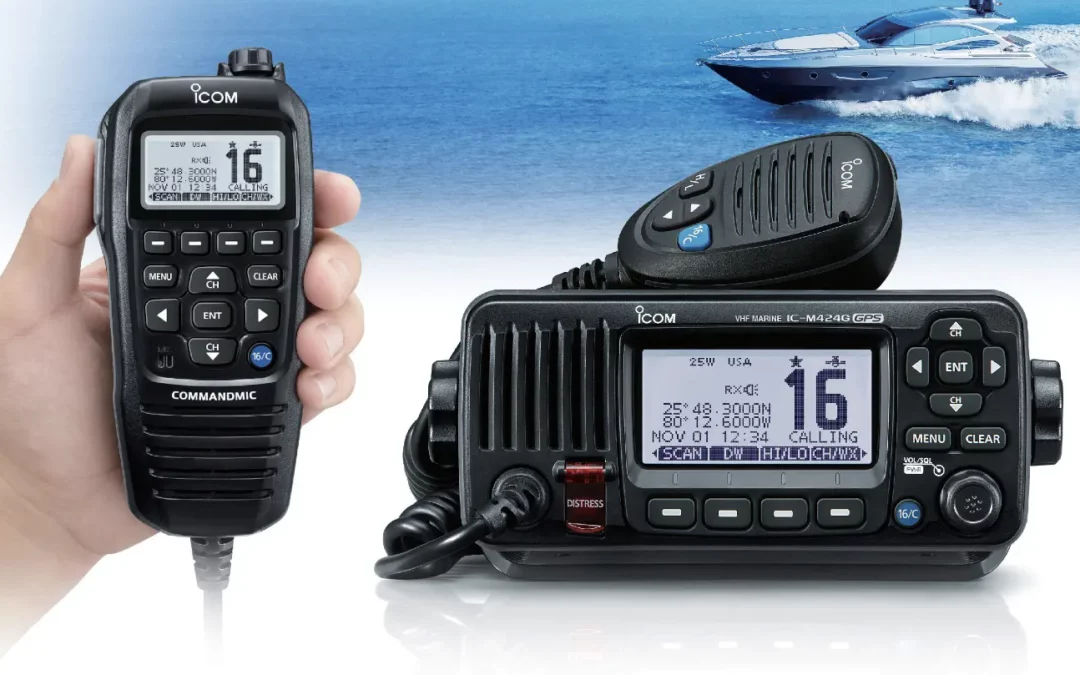
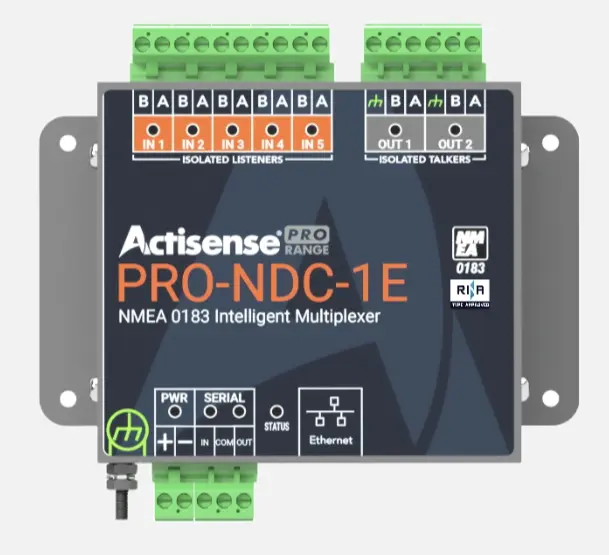
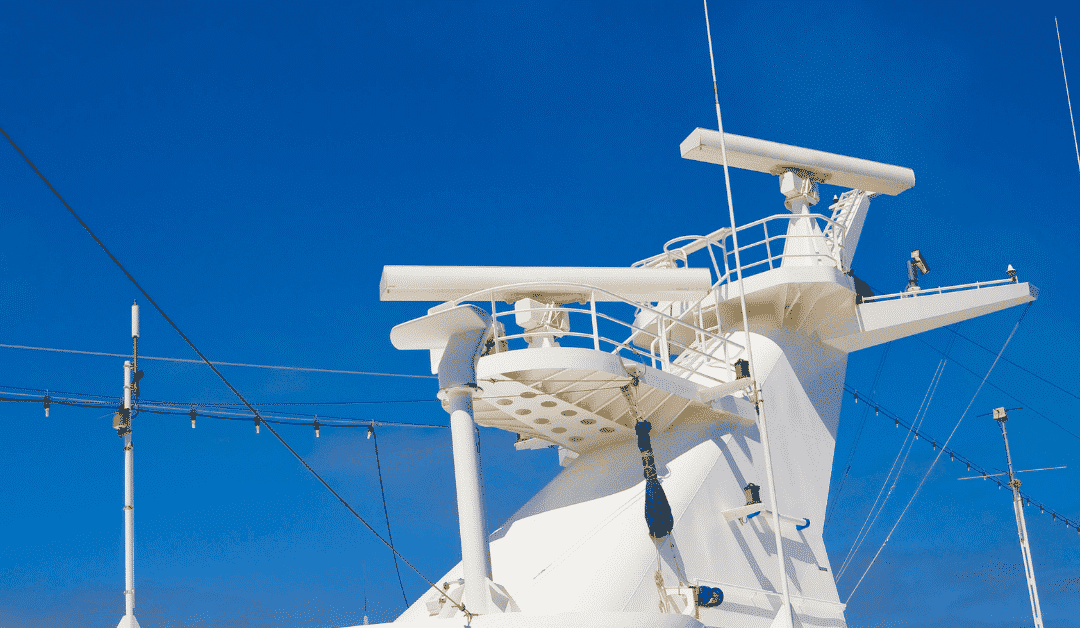

0 Comments